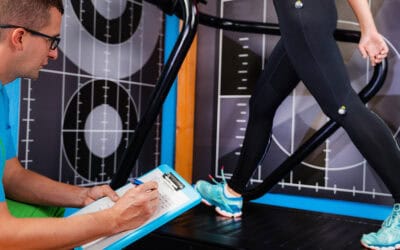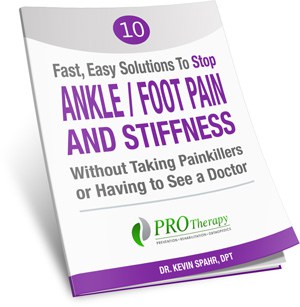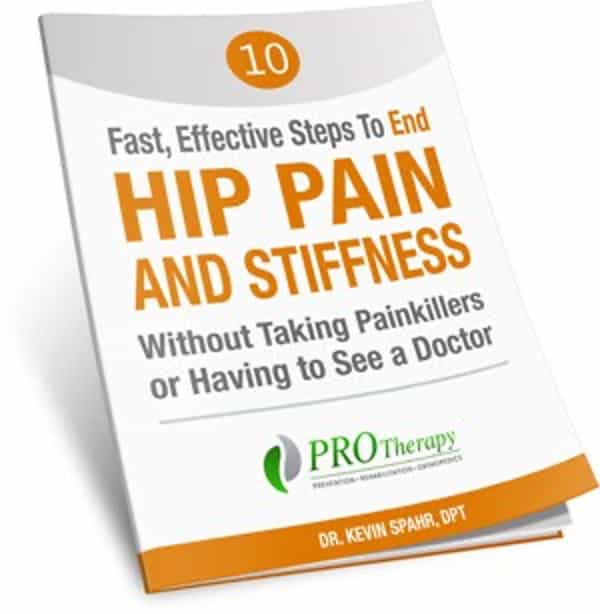Golf is a sport that gets a lot flack for being an “old man’s game” that requires minimal effort and exercise. It’s usually stereotyped as a “casual” activity for people of all ages to enjoy on the weekends. For those that do not have much experience golfing, they think of golf as a sport that includes a little walking with some swings of the club every now and then. In reality, the golf swing is a violent movement pattern that puts tremendous forces and stress throughout our body. Golf can be a VERY physically demanding sport!
Golfers are one of the most common athletes that we see in our clinic. Golf-related injuries can range from ankle/foot problems from walking and also swinging on uneven surfaces to shoulder pain/tightness from repetitive swings. But, most commonly, we see folks dealing with low back pain and/or tightness that’s making it difficult for them to swing the golf club and participate in the activity that they love.
Take a step back, think about how your back moves during a golf swing. I’m sure you’ve heard the common tip to “open your hips” to improve your rotation which can help produce more force with your swing. Doing this “hip turn” inadvertently rotates our spine during the back swing. Subsequently, we forcefully accelerate our body out of this rotated position to hit the ball. If your back is not adequately prepared for all this rotation and force, injuries are bound to happen.
A common strategy that most folks utilize to prepare their low back for some golf swings is to adequately stretch and warm-up before the golf round. You often hear people recommend stretching your hamstrings, shoulders, hips, etc. before swinging. This is all good advice, and we recommend plenty of stretching before and after your rounds. But, there is a more “bang for buck” option to help prevent low back pain.
Strengthen your core! You can stretch all day to improve your hip and low back mobility to have that great feeling of a “nice and mobile” backswing, but if you’re lacking the core strength to support your back in that position you’re increasing your risk of injury. So often we hear people come in and tell us that they have worked on improving their flexibility to help with swing mechanics, but they experience no change in ball distance AND they now have more back pain than before when they weren’t stretching!
For our back to tolerate all of that rotation and force generation with swinging a golf club, we need to appropriately strengthen our “core.” I’m sure you’re now asking, what do we mean when we say the “core?” When we reference the “core,” this would include any muscles in the abdominal region that help provide support to our spine. They keep us standing upright, keep us from falling to the side, help maintain balance and much more. Most importantly, our core muscles allow our arms and legs to move quickly without the rest of our body falling with it…a prime example would be during a golf swing!
So, if you’re finding yourself frustrated with low back pain during your golf swing, we highly recommend starting a core strengthening program. Start with some planks. We love the benefits from planking and side-planking to engage the exact same muscle groups used during a golf swing. Start with performing 3-4 rounds of a plank at a time that you can maintain good form. Have the goal to work on planks 3 days a week and progressively add 5-10 seconds every week.
Interested in learning more about how you can improve your core strength to help prevent or eliminate low back pain during a golf swing? Feel free to give us a call at 612-662-0217 to speak directly with one of our expert Physical Therapists.
- Post-Accident Recovery: The Role of Shockwave Therapy - May 12, 2025
- Beyond the Basics: Smart Strategies for Injury Prevention - May 5, 2025
- Desk Work and Texting – Addressing Your Neck Pain - April 15, 2025










